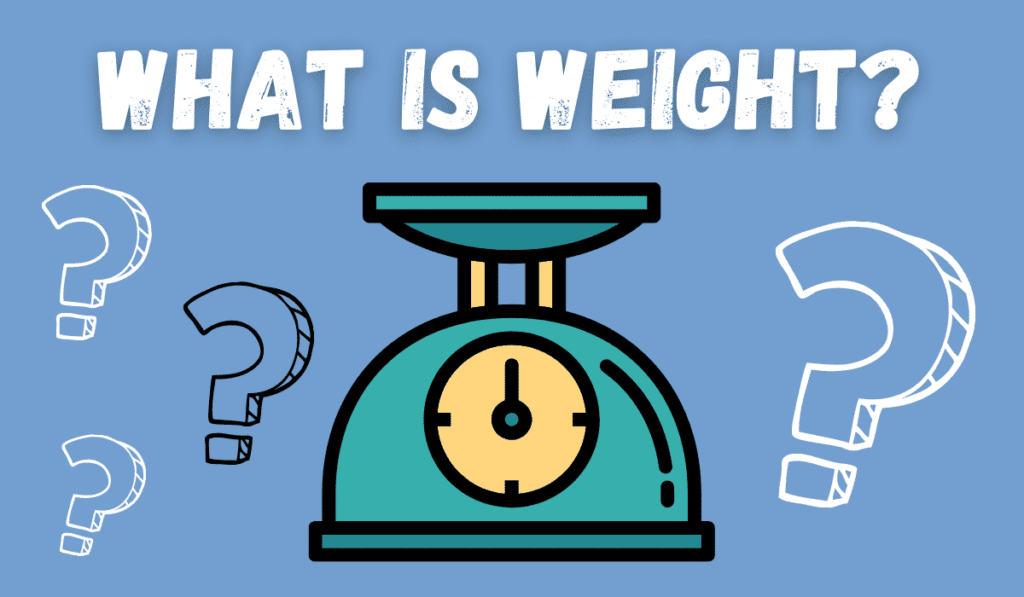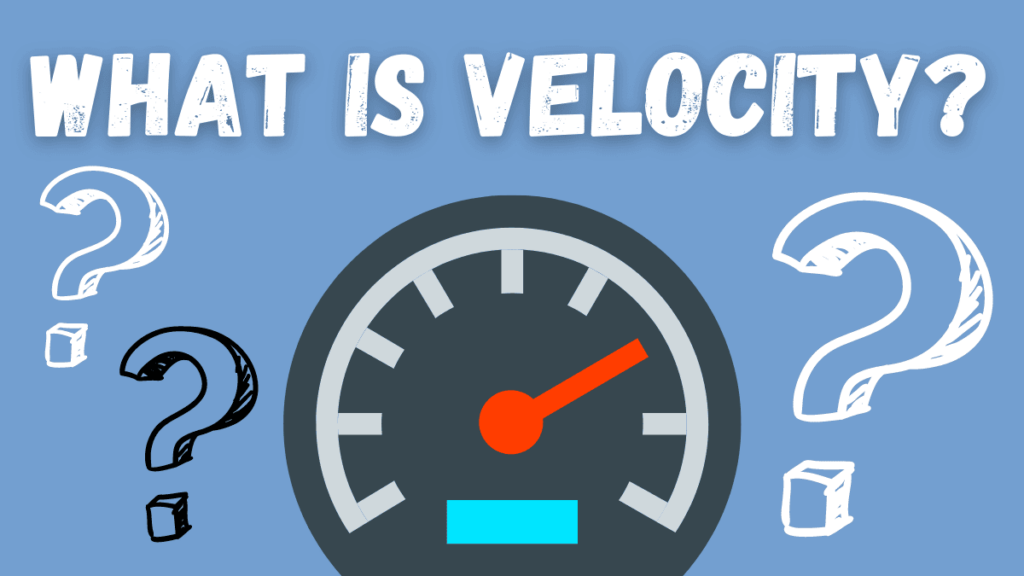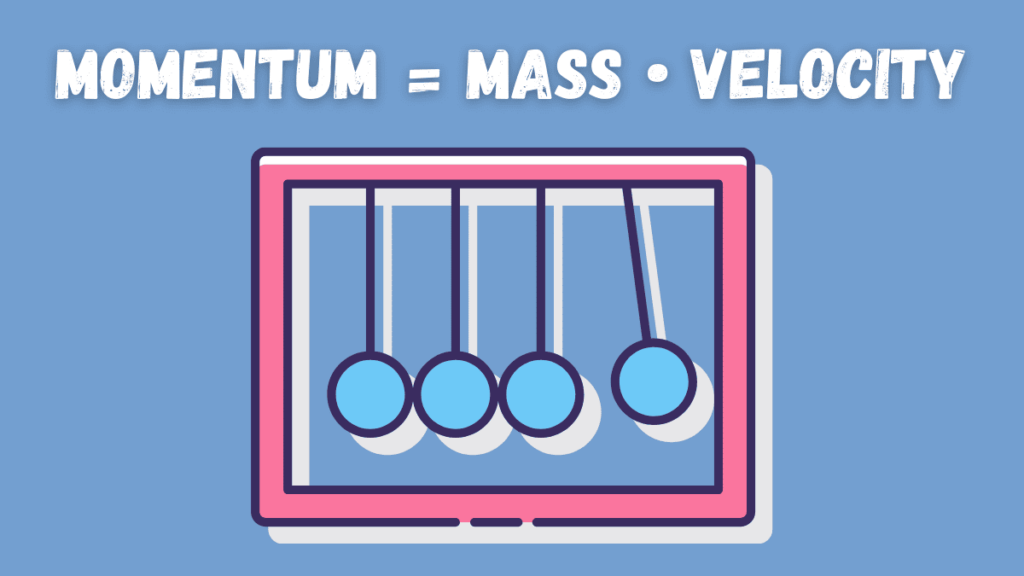A comprehensive understanding of both Weight and Velocity as separate concepts is required in order to comprehend the connection between the two. The intersection of these two concepts has long been a topic of investigation in the fields of mathematical operations and Physics.
People from a variety of backgrounds and groups all around the world have voiced their opinions on the subject of the connection between weight or mass and velocity.
Are you curious to know what the correct response to this question really is? Continue reading this article to get the answer!
What is Weight (Mass)?

The idea of weight in science and engineering relates to the gravitational force imparted on an object. Weight is often thought to be a vector quantity that indicates the gravitational force exerted on the object.
Some people describe weight as a scalar number that represents the strength of the gravitational force. Some people define it as the magnitude of the reaction force put on a body by systems that resist the effects of gravity.
The weight of an item, for example, is the amount measured by a spring scale. As a result, if the individual were in free fall, the weight would be equivalent to zero.
Terrestrial items may be weightless in this sense; for example, if the effects of air resistance are ignored, the famous apple that fell from the tree and landed near Isaac Newton on its descent to the ground would have been weightless.
Unit of Measurement for Weight
The Newton is the unit of force measurement in the International System of Units (SI), which is also the unit of measurement for weight.
An object having a mass of one kilogram, for example, has a weight of roughly 9.8 newtons on Earth’s surface, but only about one-sixth that much on the Moon.
Weight and mass are often confused in common language, despite the fact that these two quantities have distinct meanings in the scientific world (i.e. comparing and converting force weight in pounds to mass in kilograms and vice versa).
Controversies concerning the Definition of Weight
The theory of relativity, which describes gravity as a function of the curvature of spacetime, complicates the task of explaining the multiple concepts of weight. These problems arise because weight is a relative concept.
There has been a strong debate over how educators should communicate the notion of weight to their students since the commencement of the teaching profession more than half a century ago.
The current situation involves a number of distinct sets of concepts that coexist and may be used in a range of contexts.
Related reading:
What is Velocity?

The velocity of a moving object is its directional speed as an indicator of its rate of change in location as perceived from a certain frame of reference and measured by a specific time standard (for example, 60 kilometers per hour to the north).
Velocity may be assessed in terms of a certain time standard. Kinematics is a branch of classical mechanics that analyzes the motion of bodies, and velocity is a key notion in kinematics.
Because velocity is a physical vector quantity, it must be defined in terms of both magnitude and direction. Speed is a coherently derived unit whose quantity is measured in meters per second (m/s or ms1) in the SI (metric system).
Speed is defined as the scalar absolute value (magnitude) of velocity. Scalars are numbers like “5 meters per second,” but vectors are sentences like “5 meters per second east.”
An item is said to be undergoing acceleration when its speed or direction changes, or when both change.
The Relationship Between Weight and Velocity Explained
The relationship between Weight and Velocity is built majorly around momentum. Momentum is a phrase that is often used in the world of sports.
A team that is now riding high in momentum is one that is making progress and will need some work to bring to a halt. A group that is making significant headway and has a lot of momentum is really moving forward and is going to be hard to stop.
The amount of motion that an item has is referred to as its momentum, which is a word from the field of physics.
A sports team that is currently making progress might be said to have momentum. If something is moving (from one place to another), then it is gaining momentum.
Momentum is often defined as “mass in motion”. Because every item has mass, we may deduce that a moving object possesses momentum because it is carrying its mass while it is moving.

The amount of momentum that an item has is determined by two variables: the mass of things that are moving and the speed at which other things are moving.
Both mass and velocity are important factors in determining momentum. An object’s momentum may be expressed as an equation, which states that the object’s momentum is equal to the product of the object’s mass times the object’s velocity.
Momentum = mass • velocity
The quantity known as momentum is denoted in physics by the letter p with a lowercase “p.” Therefore, the equation that was just given may be rewritten as
p = m • v
where m represents the mass and v represents the velocity. The equation demonstrates that an object’s momentum is exactly proportional to both the mass of the item and the velocity of the object.
The formula for momentum is the product of the units for mass and the units for velocity. The kilogram-meter-second is the standard metric unit for momentum.
Although the kg•m/s is the traditional unit of momentum in the metric system, there are a wide number of alternative units that may also be used, even if they are not the standard units of momentum.
There are several examples of this, such as kg•mi/hr, kg•km/hr, and g•cm/s. In every one of these examples, the quantity of momentum that is obtained is calculated by multiplying a mass unit by a velocity unit.
The momentum equation may be rewritten to include these findings.
Momentum as a Guide to Assessing Relationship Between Mass and Velocity
It is clear, based on the definition of momentum, that an item has a significant amount of momentum if both its mass and its velocity are of a significant magnitude.
When it comes to figuring out an object’s momentum, each of these factors should be given the same amount of consideration.
Imagine a Mack truck and a roller skate traveling down the street at the same pace. Which one would seem more impressive?
The Mack truck has a much larger mass, which results in a significantly higher momentum for the vehicle. On the other hand, if the Mack truck were to stop moving, the roller skate with the least amount of mass would have the most momentum.
When an item is in a state of rest, its momentum is equal to zero. Objects that are not moving have no momentum because they do not have any “mass in motion,” which is the opposite of momentum.
When comparing the momentum of two different objects, it is vital to take into account both of these variables: mass and velocity.
The equation for momentum may be used to assist us in considering how a change in either of the two variables may have an effect on the momentum of an item.
Imagine a physics cart weighing 0.5 kilograms that is going at a speed of 2.0 meters per second and is loaded with one 0.5 kilogram brick. The laden cart has a total mass of 1.0 kilograms and a velocity of 2.0 kilograms meters per second.
If, however, the cart were laden with three bricks weighing 0.5 kg each, then the loaded mass of the cart would total 2.0 kg, and its momentum would be 4.0 kg•m/s. The momentum is increased by a factor of two whenever the mass is increased by that factor.
In a similar vein, the cart weighing 2.0 kilograms would have a momentum of 16.0 kilograms per meter per second if it had a velocity of 8.0 meters per second rather than 2.0 meters per second.
When the velocity is increased by a factor of four, the resulting change in momentum is also multiplied by four.
Does Adding Weight Increase or Reduce Velocity?
Because mass increases an object’s inertia, doing work at a faster rate requires a greater input of energy. Once you have achieved the speed you want, the additional weight will make it more difficult to come to a halt.
Most road cars, which only weigh one or two tons combined, move far slower than aircraft, which may weigh hundreds of tons.
Power-to-weight ratios are the key to everything here. See how quickly a road vehicle can go by a set of traffic lights if you equip it with two of GE’s massive jet engines.
Because of this, weight almost always results in an increase in velocity.






